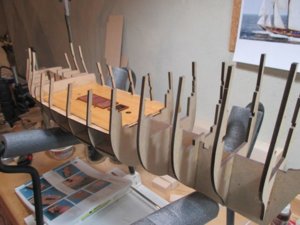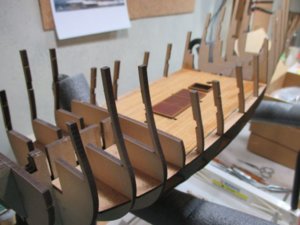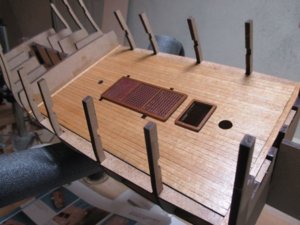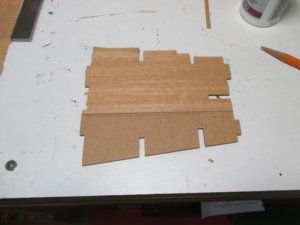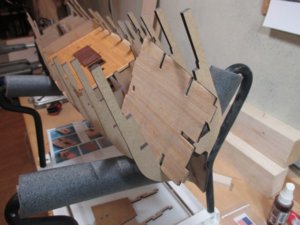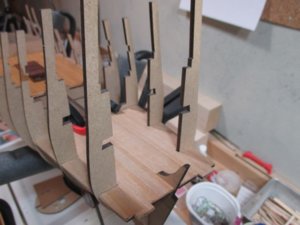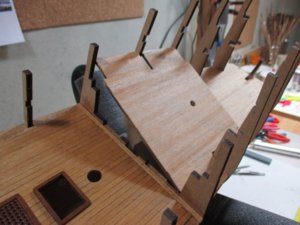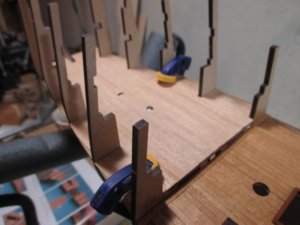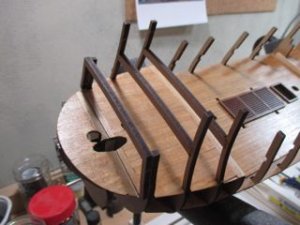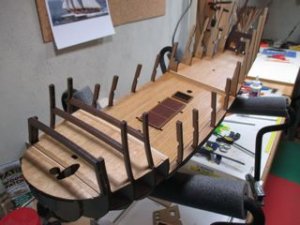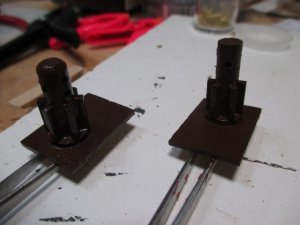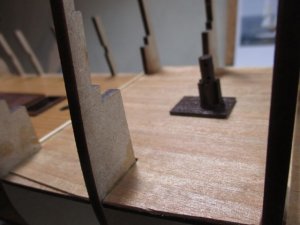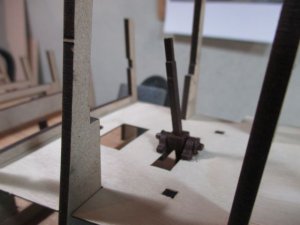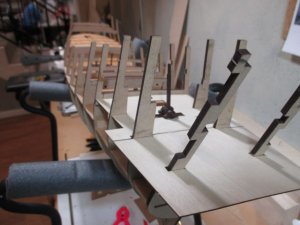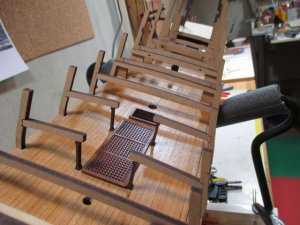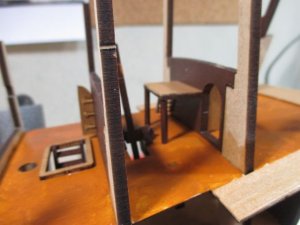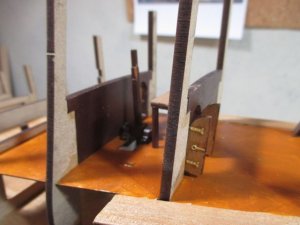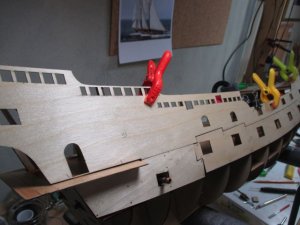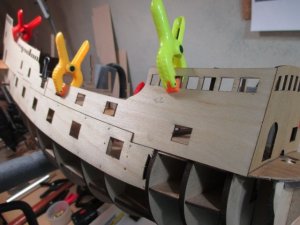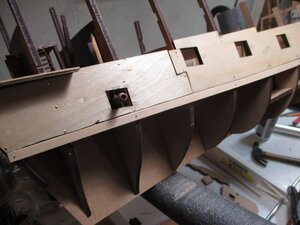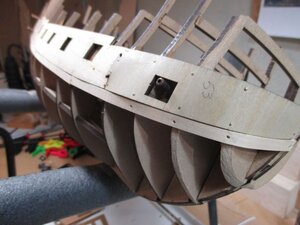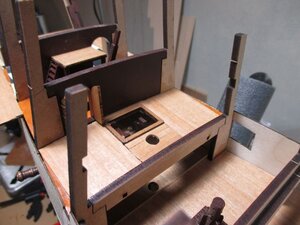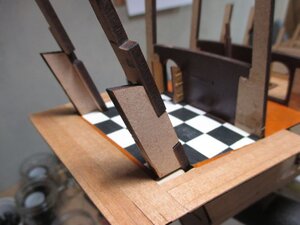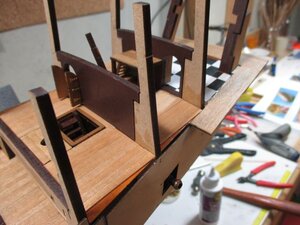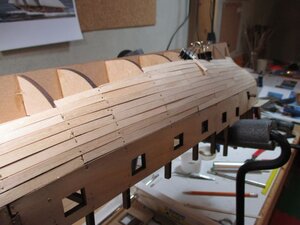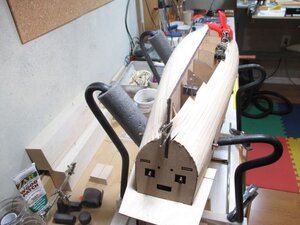I have not posted a build log for some time so I thought it was time. I have started the Victory Models Kit Revenge 1577. It is a classic Race Built Galleon Warship of the Elizabethan Navy. I started the model six months back and set it aside to build a smaller model for my Granddaughter. She asked for a specific model. How could I say no. So this build log is starting after the typical keel and bulkhead construction is complete. Two decks are planked and installed. However, from here we can pick up the concept of the Victory Models kit construction and start progress comments and photo support. The kit itself is well stocked with parts, billets, and small parts. The wood is of high quality. Victory Models uses thin fiber board and plywood shapes as the base or "first planking." One then applies a second planking on the shape and install that on the model. The instruction booklet is photo driven. Short instructions with a photo of where and how the part is attached. There are also 20 sheets of plans that focus on specific sections and the build.
To get started here are a few introductory photos to illustrate the kit I am working with. Victory Models kits are high quality and they have a unique approach to model building.
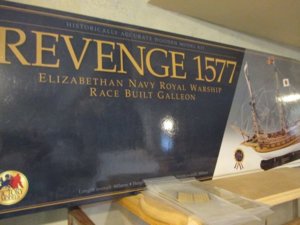
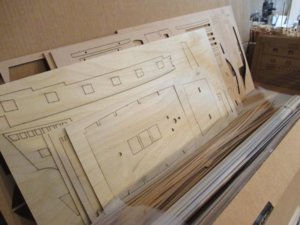
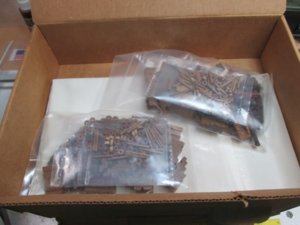
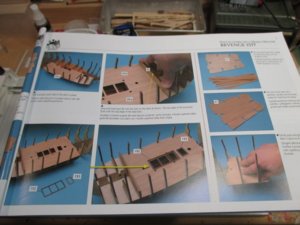
To get started here are a few introductory photos to illustrate the kit I am working with. Victory Models kits are high quality and they have a unique approach to model building.







